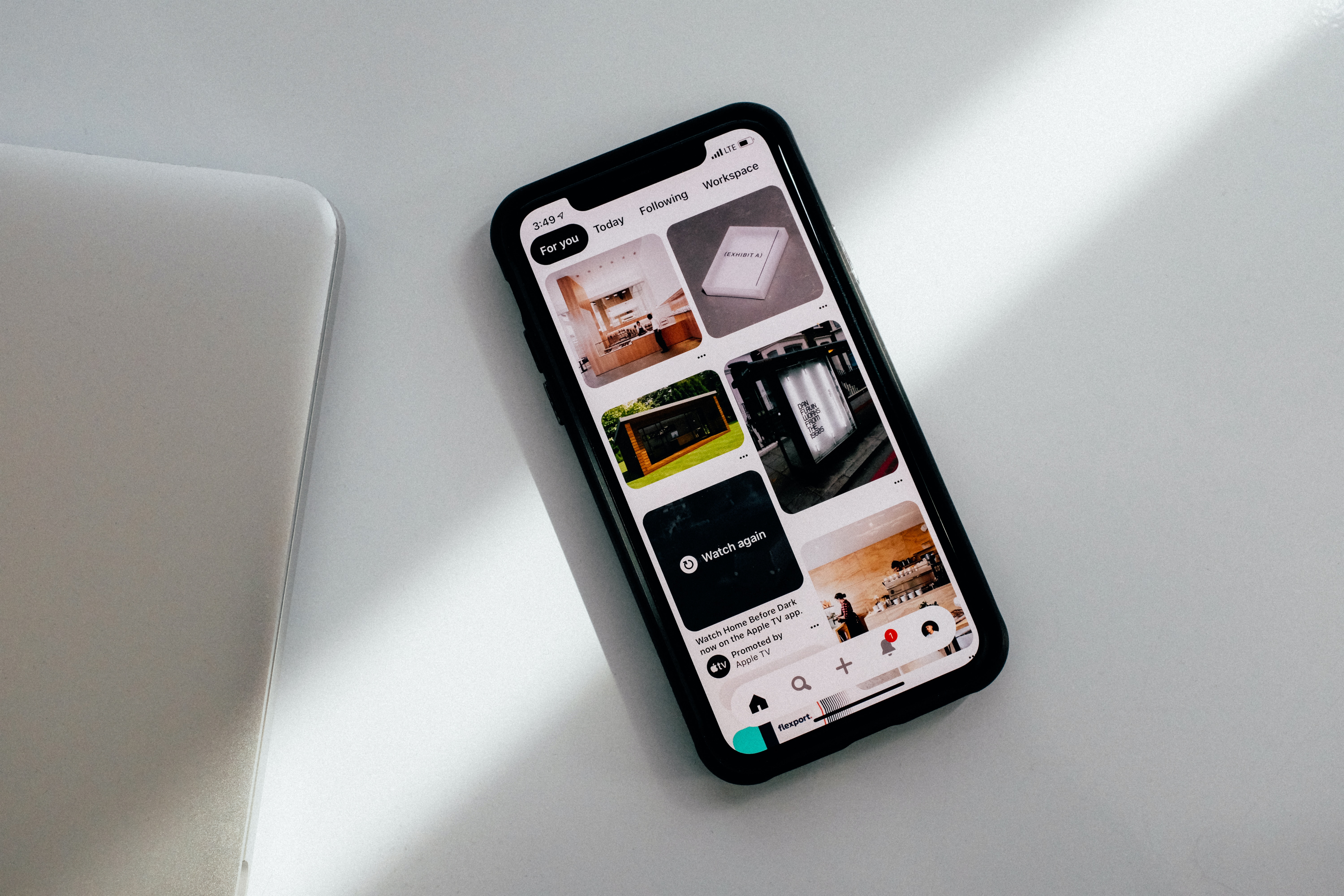10 Essential Mobile UI Patterns Every Designer Should Know
Apr 2, 2023

Introduction
In today's fast-paced digital world, mobile user interface (UI) design plays a pivotal role in creating engaging and user-friendly apps. With an increasing number of users relying on mobile devices for their daily activities, it's more important than ever for designers to understand the best practices in mobile UI design. In this post, we'll explore 10 essential mobile UI patterns that every designer should know, and why they're important for creating a seamless user experience.
Hamburger Menu
The hamburger menu, represented by three horizontal lines, is a common UI pattern for navigation menus. This pattern helps save screen real estate by condensing the navigation into a single button, which, when tapped, reveals the full menu. This makes it easier for users to browse the app without cluttering the interface.
Tab Bar
A tab bar is a horizontal menu located at the bottom of the screen, providing quick access to the app's main features. This UI pattern enables users to switch between different sections of the app with ease, making it a popular choice for apps with multiple functionalities.
Card Layout
The card layout is a versatile UI pattern that presents content in a modular, easy-to-digest format. Each card represents a single piece of information or a call to action, making it simple for users to browse through content and interact with various elements.
Infinite Scroll
Infinite scroll is a UI pattern that automatically loads new content as the user scrolls down the page, providing a seamless browsing experience. This pattern is particularly useful for content-heavy apps, such as social media platforms and news aggregators, where users can quickly browse through a large volume of information.
Search Bar
A search bar is an essential UI pattern for apps with a vast amount of content. By offering users a quick and easy way to find specific information or items, the search bar significantly improves the overall user experience.
Onboarding Tutorials
Onboarding tutorials are a vital UI pattern for introducing new users to an app's features and functionalities. Using tooltips, walkthroughs, or overlay screens, designers can effectively guide users through the app, ensuring a smooth learning experience.
Swipe Gestures
Swipe gestures are a popular UI pattern for touch devices, allowing users to navigate through content by swiping left or right. This pattern is particularly effective for apps with content in a carousel format, such as photo galleries or news stories.
Skeleton Screens
Skeleton screens are a UI pattern used to display a placeholder version of content while loading. By providing users with a visual indication of the app's progress, skeleton screens help create a more responsive and engaging experience.
Pull-to-Refresh
Pull-to-refresh is a widely adopted UI pattern that enables users to update content by pulling the screen down and releasing it. This pattern is common in apps with regularly updated content, such as social media feeds or email inboxes.
Floating Action Button
The floating action button (FAB) is a circular button that hovers above the app's interface, typically used for the primary action in the app. By placing the FAB in a prominent position, designers can encourage users to take on the most important activities within the app.
Conclusion
Understanding and implementing these 10 essential mobile UI patterns is crucial for creating user-friendly and engaging apps. By incorporating these patterns into your design process, you'll be better equipped to meet the needs of today's mobile users and deliver a seamless user experience. Explore our website to learn more about mobile UI patterns and discover a wealth of resources to help you stay ahead in the world of mobile design.